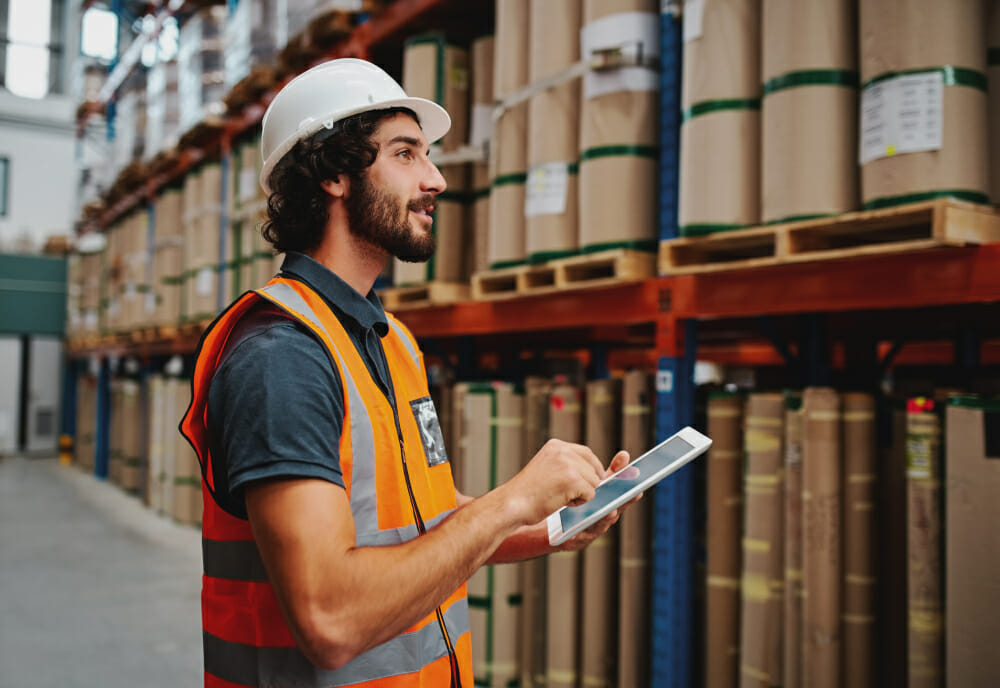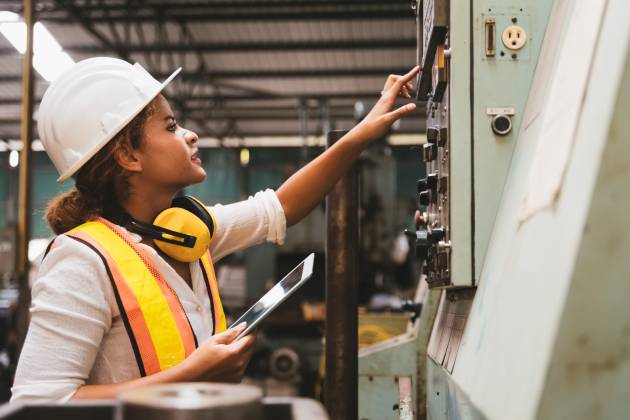Headless Commerce
How IoT is Changing the Face of B2B E-commerce
Internet of Things (IoT) devices are continuously becoming more pervasive, particularly in B2B contexts. Estimates predict that by 2025, 70% of all business value captured via IoT will be in relation to B2B applications. How are these integrations altering the face of B2B e-commerce and how can your organization benefit from these changes?


Internet of Things (IoT) devices are continuously becoming more pervasive. You’ve probably interacted with one in the last 24 hours and might even be wearing one right now. Often seen as staples of B2C commerce, these smart gadgets are also utilized in B2B environments. Interactions of this nature are commonplace enough to even warrant their own acronym (IIoT; Industrial Internet of Things), with McKinsey estimating that by 2025 70% of all business value captured via IoT will be in relation to B2B applications.
As this market continues to grow, it’s well worth considering how IoT integrations are changing B2B e-commerce and how your company can also benefit.
The ABCs of IoTs
British technologist Kevin Ashton first coined the term Internet of Things in 1999. Describing a network which connected not only people but also the objects around them, we see this in action today through voice assistants, mobile devices, smart watches, and a whole range of other gadgets. Each of these touchpoints is connected to a computing system, allowing data to be sent between each device and enabling them to interact.
Convenience and flexibility are major contributors to the uptake of IoT devices. Compared to traditional e-commerce setups, where a consumer would use a desktop computer or laptop each time they make an order, the incorporation of accessible IoT devices increases customer convenience and retention. Not only do these gadgets offer accessibility, they also keep customers away from devices which are more suited to researching and sourcing items, which could lead them to one of your competitors.
These are just some reasons why IoT integrations are increasing at an incredible speed, with 127 new IoT devices connecting to the web every second. Estimates predict IoT touchpoints will total 75.44 billion by 2025, with a global market value set to hit $1.1 trillion by 2026.
Several factors, including digital innovations and rising connectivity, will contribute to the continued expansion of IoT. In the USA, 5G is expected to overtake 4G by 2023, while the UK government aims to offer the majority of its population 5G access by 2027 (although some estimates claim this will be achieved quicker). The introduction of this super-fast wireless network will further enhance IoT devices, offering more stable and secure connections and further expanding the IoT ecosystem.
As IoT devices become more ubiquitous, those who do not invest risk being left behind. B2B companies which establish an IoT setup sooner have greater potential to benefit before the technology becomes entirely commonplace.
But what changes do IoT devices bring to B2B e-commerce, and how can businesses benefit from these?

What changes do IoT devices bring to B2B e-commerce?
Increased data collection
Data is continually being recognized for its value. Allowing real-time insights into company-wide analytics, IoT devices enable data collection by offering more touchpoints than have previously been available. This data may come in the form of purchasing patterns and customer journeys, but also allow for analysis of your production line, including stock and machinery monitoring.
RFID tags are an example of IoT devices which add valuable data to e-commerce. These tags store information on stock units, including where each item is located in the supply chain. By analyzing tracking data sent through these tags, logistical bottlenecks can be addressed and dealt with quickly.
Overall, data collection through IoT devices is expected to reach 73.1 ZB (zettabytes – equal to a trillion gigabytes) by 2025, up by 422% from 2019. Handled correctly, this offers valuable insight to B2B businesses.
IoT devices reduce business costs
As discussed above, touchpoints and sensors at multiple stages allow for data to be continuously fed back to monitoring systems. This reduces B2B business costs in a number of ways, including minimizing or eliminating gaps in communication between departments or warehouses.
These sensors can also be used to predict potential operational issues with production line machinery, allowing pre-emptive servicing to reduce the amount of time equipment may be out of use.
An example of preventative maintenance can be seen in warehouses for perishable products, which rely on constant low temperatures for items to remain edible. Temperature sensors can alert operators the moment any unexpected climate fluctuation occurs, prompting investigations to uncover the cause of the issue in the precious time before stock spoils.
By bolstering efficiency through scenarios such as the above, McKinsey estimates that by 2025 IoT integrations will help factories accrue value between $1.2 and $3.7 trillion per year.
Increased ability of self-service
70-80% of B2B customers prefer digital self-service tools. These include online ordering portals but also extend to IoT devices such as dash buttons, available through integrations with Spryker. Dash buttons are left in a convenient location, such as next to a printer, and can be pressed when an employee notices ink levels are running low. This action automatically orders new ink cartridges or alerts the colleague in charge of ordering, allowing for accessible self-service.
Furthermore, 80% of B2B buyers have come to expect a B2C ordering experience. Offering products via IoT devices, such as voice assistants, smart watches, or mobile applications, allows this to take place, mimicking the self-service purchasing journeys B2B consumers regularly undertake in their everyday lives.
Recurring revenue models
IoT devices automatically unlock recurring ordering options. Gadgets such as smart shelves can be configured to automatically order new stock. These can be integrated with your online store via the Spryker Cloud Commerce OS, triggering the order process when the weight of items on the shelf reaches a critical level, indicating stock is running low. These kinds of automated replenishment systems play a crucial role in customer retention, which ultimately affects your bottom line. Research shows that a 10% increase in customer retention results in a 30% increase in company value.
24/7 convenience
As with e-commerce in general, IoT devices allow for ordering, browsing and customer communication to take place 24-hours a day. With millennials now making up 51% of Lead Buyers and Financial Approvers, it’s serves B2B businesses well to offer order integrations which merge with the surroundings and lifestyles of the clientele they wish to sell to.
The B2B market in general has also moved towards appreciating convenience, particularly since the pandemic, which saw an increase in digital purchases. Approximately 80% of B2B buyers didn’t plan to revert back to in-person sales after lockdowns.
—
The B2B sector has already started to take on IoT integrations, with the rate of growth only looking to increase. These integrations are already changing the face of B2B e-commerce, increasing convenience and making order processes similar to B2C purchases. Businesses in this sector wishing to stay ahead of the curve should waste little time in ensuring they offer the accessibility buyers are beginning to expect.
Spryker are experts on IoT integrations, offering our own solutions and expertise to help you gain the numerous benefits of smart devices. Find out how IoT devices can help you create convenient connections with your customers by contacting our sales team!